The Hopi Soyal Winter Solstice Ceremony begins on the shortest day of the year, and symbolizes the second phase of Creation at the Dawn of Life. Its prayers and rituals implement a plan of life for the coming year, ceremonially turning back the sun toward its summer path.
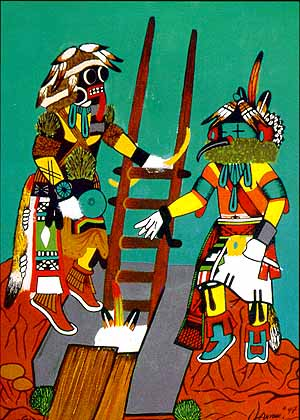

Kachinas Come Down from the Peaks to Establish Life Anew
The Hopi People, inhabitants of northern Arizona for over a thousand years, celebrate December as when the Kachinas come down from their home in the San Francisco Peaks to bring the sun back to the world. The Katsinam or Kachinas, spirits that guard over the Hopi, dance at the winter solstice Soyal Ceremony (Soyaluna or Soyalangwul), understood to mean “Establishing Life Anew for All the World.”
“Katsinam are Hopi spirit messengers who send prayers for rain, bountiful harvests and a prosperous, healthy life for humankind. They are our friends and visitors who bring gifts and food, as well as messages to teach appropriate behavior and the consequences of unacceptable behavior. Katsinam, of which there are over two hundred and fifty different types, represent various beings, from animals to clouds.” – Official Hopi Tribal Source
The Winter Solstice for the Hopi
The Soyal Ceremony begins on the shortest day of the year, and symbolizes the second phase of Creation at the Dawn of Life. Its prayers and rituals implement a plan of life for the coming year, ceremonially turning back the sun toward its summer path. The longest ceremony on the ceremonial cycle, lasting up to 16 days, sacred rituals are performed in underground chambers called kivas. Many ceremonies involve dancing and singing; the kachinas may even bring gifts to the children. At Soyal time elders pass down stories to children, teaching pivotal lessons like respecting others. The Hopi, The Peaceful Ones (Hopitu Shinumu), believe everything that will occur during the year is arranged at Soyal.
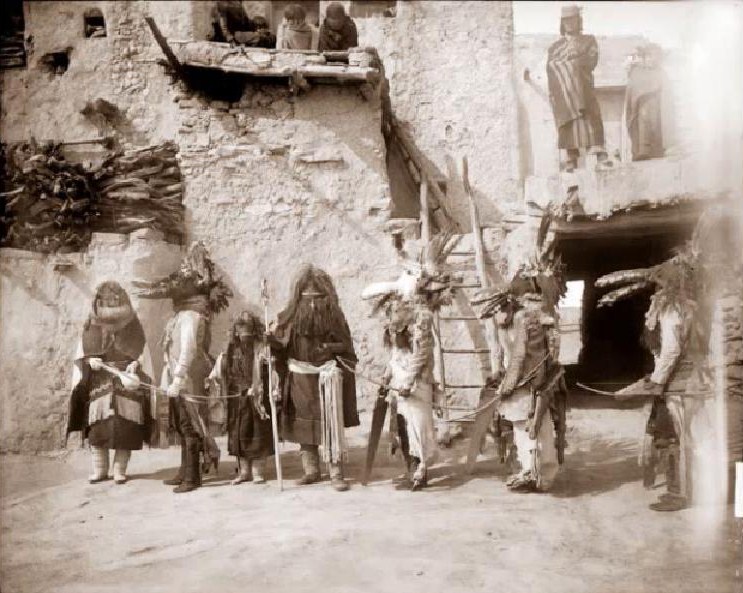

Soyaluna Preparations
In preparation for the kachinas’ arrival, the Hopi make prayer sticks of tied feathers and pinyon needles called Pahos to bless the community, including their homes, animals and plants. Children are given replicas of the kachinas, intricately carved and dressed like the dancers, to help them learn about the hundreds of kachina spirits. Sixteen days before the winter solstice, one of the chief kachinas enters the Pueblo. He appears like a tired, old man who has just awakened from a deep slumber, teetering and on the verge of losing his balance. People follow his every move. He typically staggers over to the dance plaza where with great exaggeration, he dances and sings in a very low voice a song that is regarded as too sacred for the public to hear.
STORY: Hopi Legend: Koyaanisqatsi and World Destruction
Sun Ceremony Symbolized By the Black Plumed Snake
The actual Soyal ceremonies are not general public knowledge. One informant describes a particular ceremony starting with a Hopi leader wearing a headdress decorated with images symbolizing rain clouds overseeing the main celebration taking place in the kiva. He will also carry a shield that has a star, antelope, and other symbolic objects. Someone will also carry an effigy of Palulukonuh, also called the Plumed Snake, carved from the woody stalk of an agave plant.
Shield bearers enter the kiva and take turns stomping on the sipapu (a shallow hole covered by a board that symbolizes the entrance to the underworld). Then they arrange themselves into two groups, on on the north side, another in the south. Then they sing as the bearer of the sun shield rushes to one side, then the other. He is driven back by the shield bearers on both sides. The movements symbolize the attack of hostile powers on the sun (drought, fire, darkness, cold) that influence whether it will shine and bless the crops.
On the west all of the kiva, they construct an altar with two or more ears or corn contributed from each family, surrounded by husks and stalks. It also has a large gourd with an effigy of the Plumed Snake’s head sticking out, operated like a puppet, rising and made to roar. The shield bearers then throw a meal to the snake effigy, answered by more roaring noises. This persuades him not to swallow the sun, like he does in an eclipse. When the Sun God’s footprints appear in the sand, everyone knows he has been persuaded to return.
The entire ceremony ends with a public kachina dance. The Katsinam remain with the people for the first half of the Wheel of the Year until the summer solstice, when they return to their home in the mountains.
STORY: Hopi Survival and the Supernaturals: Revenge of the Kachinas
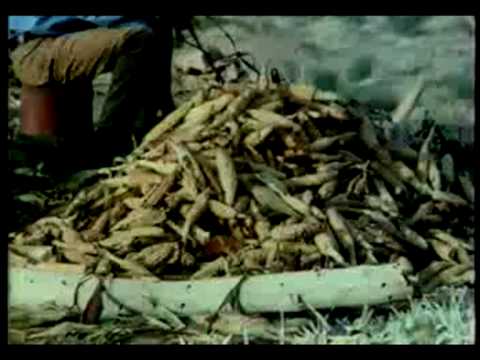
Watch this video on YouTube
“Hopi- People of Peace,” probably the only documentary footage taken at a sacred Hopi Kachina Dance. Narrator – Ian Jacob Thompson, Researched & Written by J.T. Guardalabene, Produced & Directed by Michel Pearce. Grateful thanks to the Hopi People, Tom Tarbet, Joseph Ianelli, Rainbow Touraine, Danaqyumptewa
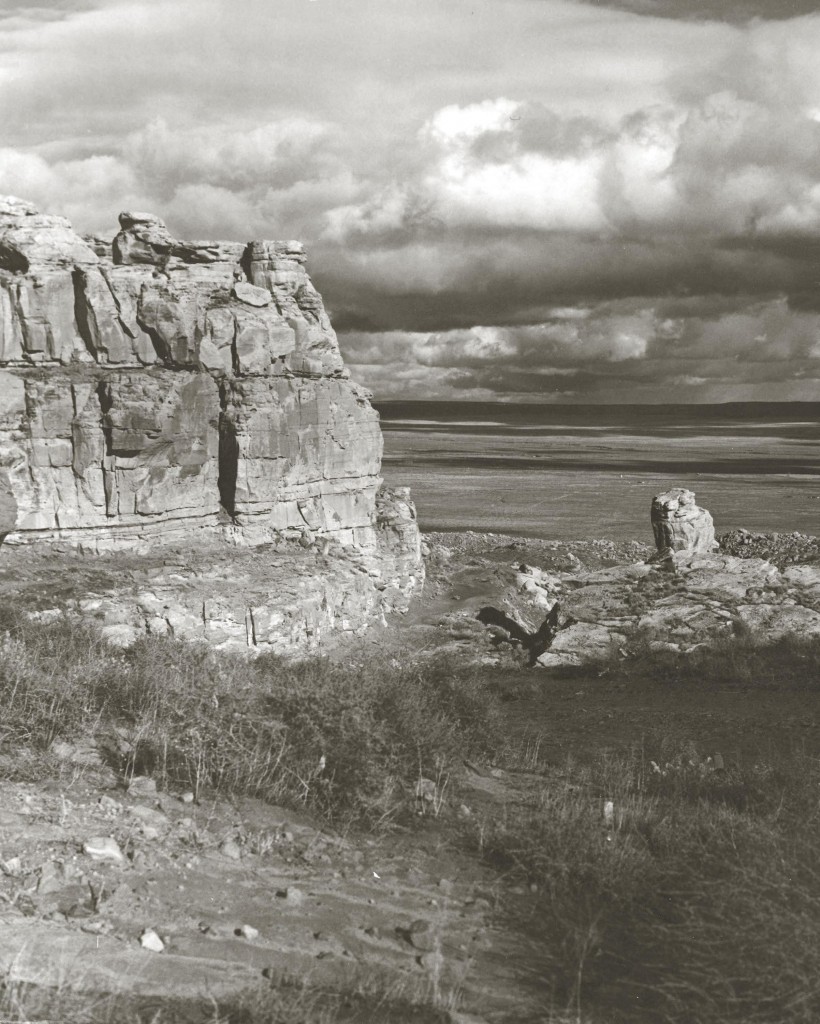

Sources:
Thanks to SunBôw TrueBrother for inspiration and information. One United Nation for Great Earth Peace
Hopi Winter Solstice – In Culture Parent
Hopi Cycle of the Year – Crossing Worlds
Updated 27 January 2021


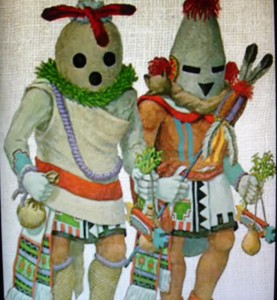







very informative article. like the ideas set forth. why is it that the Christians think that their Christmas is the only religious celebration in the month of December? Soyal was a new discovery for me, but Bodhi, Hanukkah, Ramadan, Kwanzaa, Omisoka … the list could go on & on … are just as important as Christmas. Time for all of us to recognize that everyone’s celebration is uniquely special & to be respectful of all celebrations.
Pingback: Soyaluna | THE ART OF SHAWN BICHSEL
this article is fat
this is too fat for me>:(
Pingback: O que celebra o teu Natal? - Mães D'Água
Pingback: Solsticio de invierno | Centro El Campillo
Pingback: Hopi Butterfly Dance: Ceremonial Gratitude | WilderUtopia.com
good work
Pingback: Hopi Supernatural Myth: Revenge of the Kachinas | WilderUtopia.com
Pingback: 10 Celebrations During the Third Week of December – Lynette M Burrows
Pingback: Soyal: Hopi Indians’ Winter Solstice Celebration And Arrival Of Katchinas | Ancient Pages
Pingback: Festival geographies – T I G S
Pingback: Winter Solstice around the World – MATV/UMA
Pingback: Global Winter Light Traditions on the Darkest Days - Live Fluently
Pingback: Festival geographies – The Institute of Geographical Studies
Pingback: 25 Facts About the Winter Solstice, the Shortest Day of the Year – Interesting